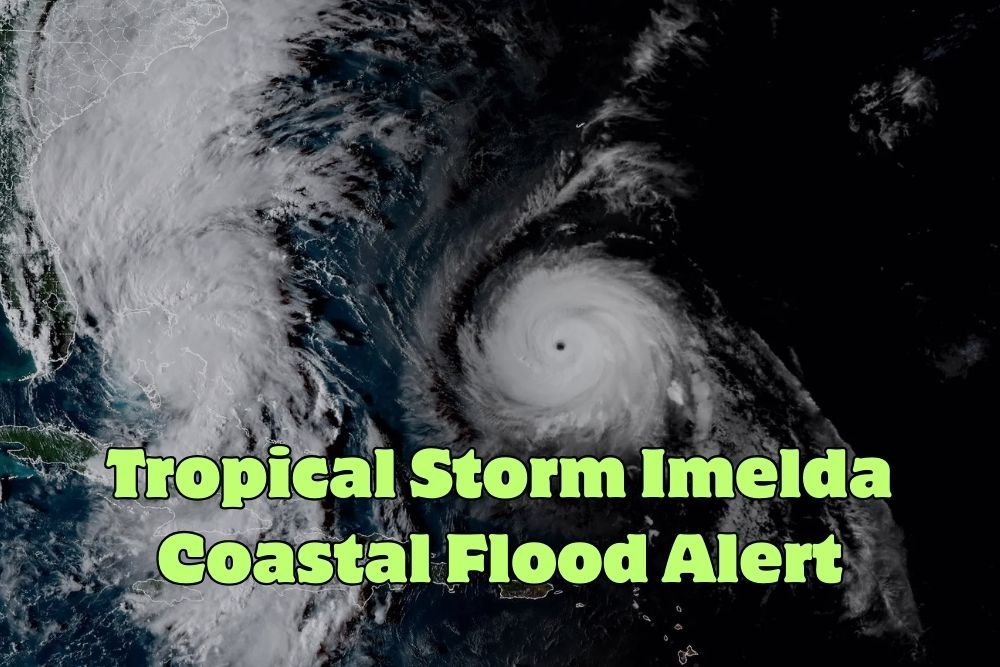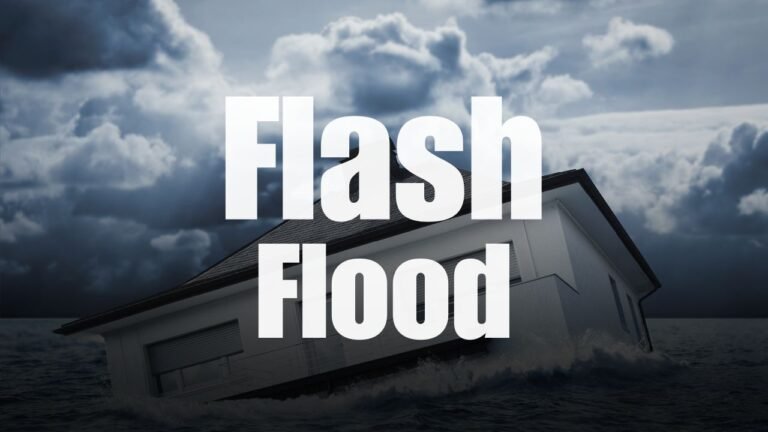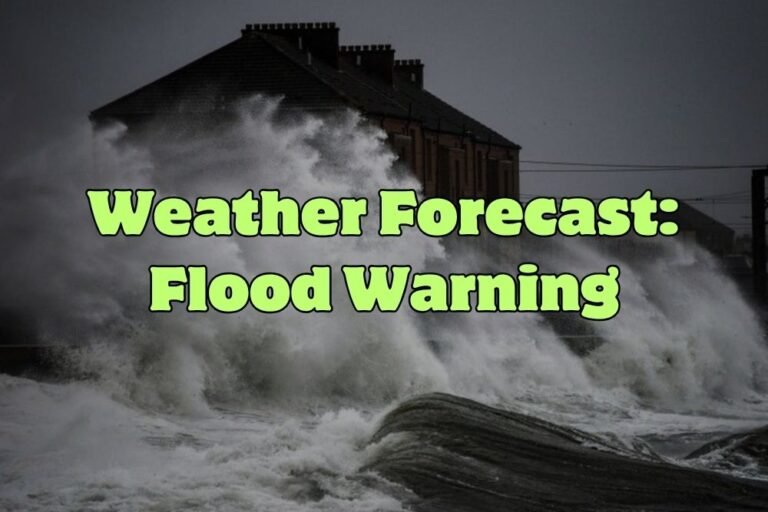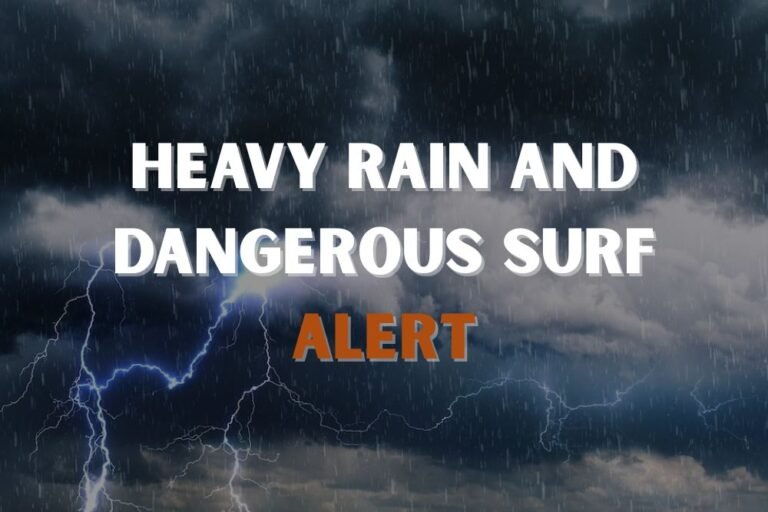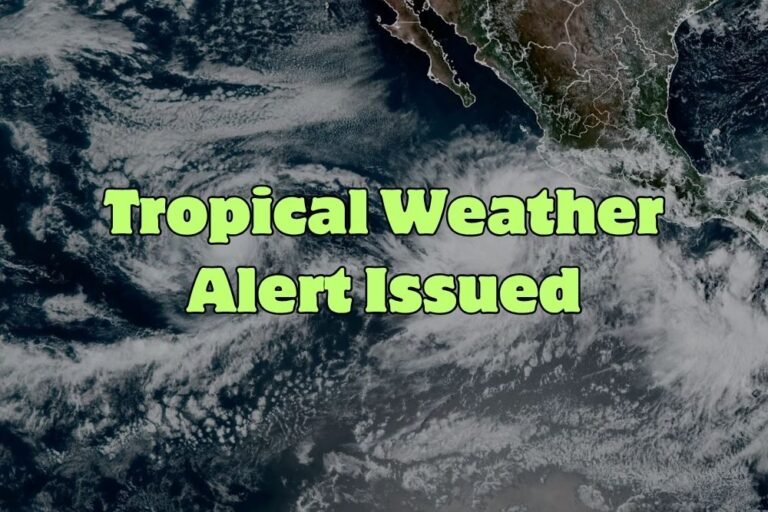Tropical Storm Imelda Strengthens, Bringing Coastal Flooding and Heavy Rain to North Carolina
WINSTON-SALEM, N.C. — Tropical Storm Imelda has strengthened as it moves parallel to the East Coast, with forecasters warning of heavy rain, coastal flooding, and rough surf from Florida through North Carolina this week.
Torrential Rain and Flooding Risk
The National Hurricane Center (NHC) said rainfall totals of up to six inches are possible from Florida to South Carolina through Tuesday. For North Carolina, the heaviest rain is expected along the southern coast, where up to 10–12 inches could fall between Monday and Thursday.
The Piedmont Triad may also see scattered showers and storms, bringing localized totals of up to two inches. Meteorologists warn that the combination of saturated soil and new downpours could trigger life-threatening flash floods.
Forecast Path and Strength
As of Sunday, Imelda was moving slowly northward over the warm waters of the Gulf Stream. Forecasters say the storm could briefly strengthen into a Category 1 hurricane before beginning a turn to the east.
- Monday evening: Possible Category 1 hurricane
- Tuesday evening: Moving east-northeast toward Bermuda
- Wednesday evening: Southeast of Wilmington, still a Category 1 hurricane
- Thursday evening: Moving farther away from the Outer Banks, weakening as it tracks east
Officials stress that even with the storm offshore, big waves, dangerous rip currents, and beach erosion will remain major concerns.
Interaction With Humberto
Complicating the forecast is nearby Hurricane Humberto, now a Category 5 hurricane with 160 mph winds in the central Atlantic. Meteorologists warn the two systems could interact in a Fujiwhara effect, where storms influence each other’s paths and intensities.
This uncertainty leaves open the risk of Imelda lingering longer near the North Carolina coast, potentially increasing rainfall totals.
Preparing for the Storm
Officials urge residents across North Carolina and Virginia to:
- Know evacuation routes
- Review insurance coverage and flood protections
- Stock emergency kits with food, water, batteries, and medications
- Stay tuned to local weather alerts and forecasts
September and October are historically the busiest months of hurricane season, and residents are reminded of the devastation caused by past storms such as Helene (2024) and Chantal (2025).
Have you begun preparing for possible flash flooding and coastal impacts from Tropical Storm Imelda? Share your readiness steps and storm stories in the comments on SaludaStandard-Sentinel.com.

